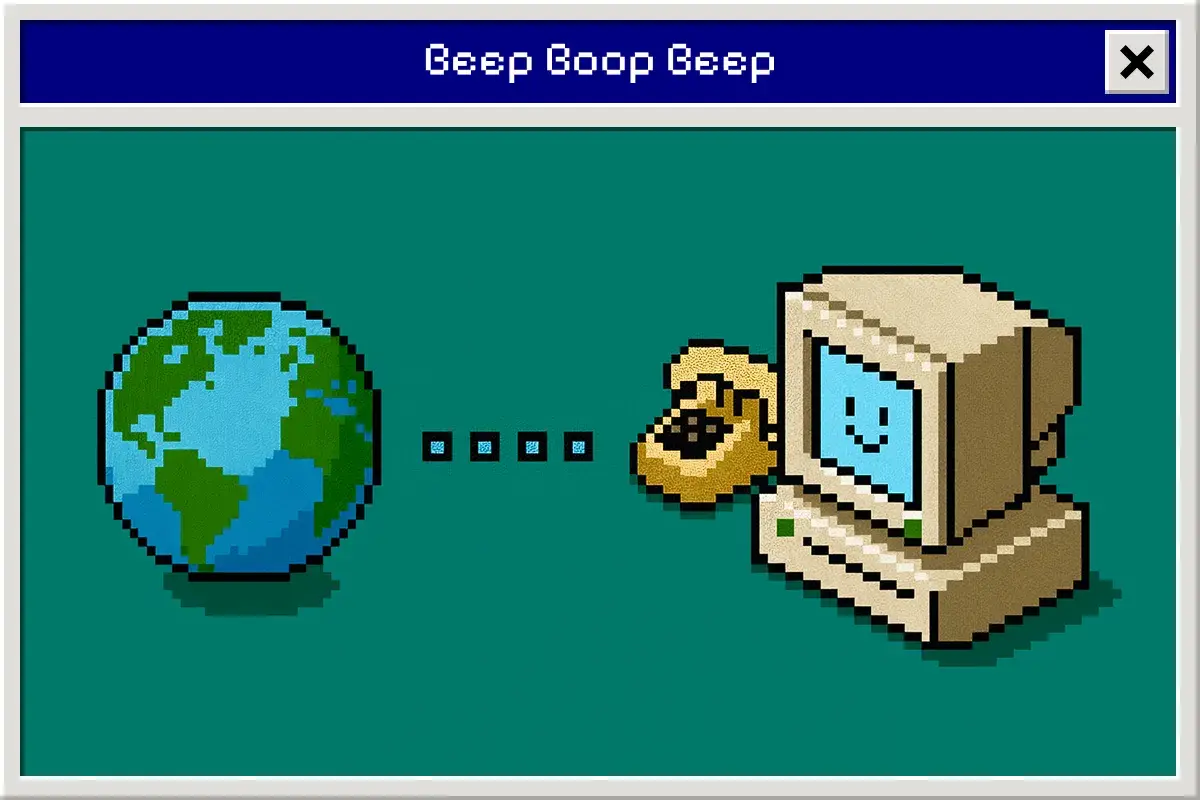Stage 6 of 12 in the Hero’s Journey Framework — a series helping you build story-aligned brands, offers, and content that actually connect.
When your audience is looking for proof, testimonials, case studies, and value-driven content matter most.
What are Tests, Allies, and Enemies?
In classic storytelling, this is the part where the hero faces early challenges, meets allies, and encounters enemies. It’s where the world tests their resolve.
In your brand, these elements show up when you:
- Share wins and lessons from people who’ve walked this path
- Reveal obstacles you help your clients navigate
- Demonstrate what’s possible without pretending it’s effortless
Why It Matters in Your Message
After someone commits to change, their doubt doesn’t disappear, it shifts shape.
Now, they’re asking:
- “Can this really work for me?”
- “Is this person who they say they are?”
- “What happens if I stumble?”
Your job here is to show the answers.
This stage works when you:
- Celebrate client stories without making them about you
- Normalize struggles without magnifying them
- Highlight wins as evidence, not exceptions
Without Proof:
“You’ll transform your business in 90 days.”
With Proof:
“Here’s what happened when [Name] implemented this framework: more clarity, more alignment, and a business that finally felt like home.”
How to Use It in Your Brand
Where to use it:
- Testimonial sections on sales pages
- Story-driven client case studies
- Behind-the-scenes content on social media
- Launch nurture sequences
Tone to aim for:
- Honest, celebratory, grounded
- Aspirational but attainable
What to share:
- Client wins (big and small)
- Client challenges and how they moved through them
- Personal stories from your own journey
Prompts to explore:
- “Who have I helped — and how?”
- “What doubts did they have — and what changed?”
- “What mini-transformations can I celebrate, not just the big wins?”
Example lines:
- “Before working together, [Name] felt scattered. Six months later, their brand feels like an extension of who they are.”
- “It wasn’t instant. It wasn’t linear. But it was real.”
- “This isn’t about magic fixes. It’s about steady, supported shifts.”
3 Practical Applications
Sales Page Proof Section
- Use: Client snapshots (problem → process → result)
- Why it works: Brings credibility without hype
- How to apply: Keep stories short, specific, and emotional
Social Media Testimonial Story
- Share: “Here’s what [Name] thought before we worked together — and how it shifted.”
- Why it works: Connects emotionally and builds social proof
- How to apply: Use visuals, quotes, and process reflections
Launch Email with Micro-Wins
- Write: “Here are 3 small shifts real clients have experienced — and why they matter.”
- Why it works: Lowers skepticism, raises belief
- How to apply: Emphasize progress, not perfection
Questions to Reflect On
- What real-world stories could you highlight?
- Where have your clients or community members overcome early doubts?
- How can you celebrate messy, real growth — not just perfect outcomes?
- How can you frame success as a journey, not a single win?
Final Thought
After the first yes, people are looking for proof that the path is, in fact, walkable.
When you show the journey, not just the results, you build belief.
Continue the series → Stage 7: Approach to the Inmost Cave
Explore how to lead your audience deeper into emotional investment and turning points.




